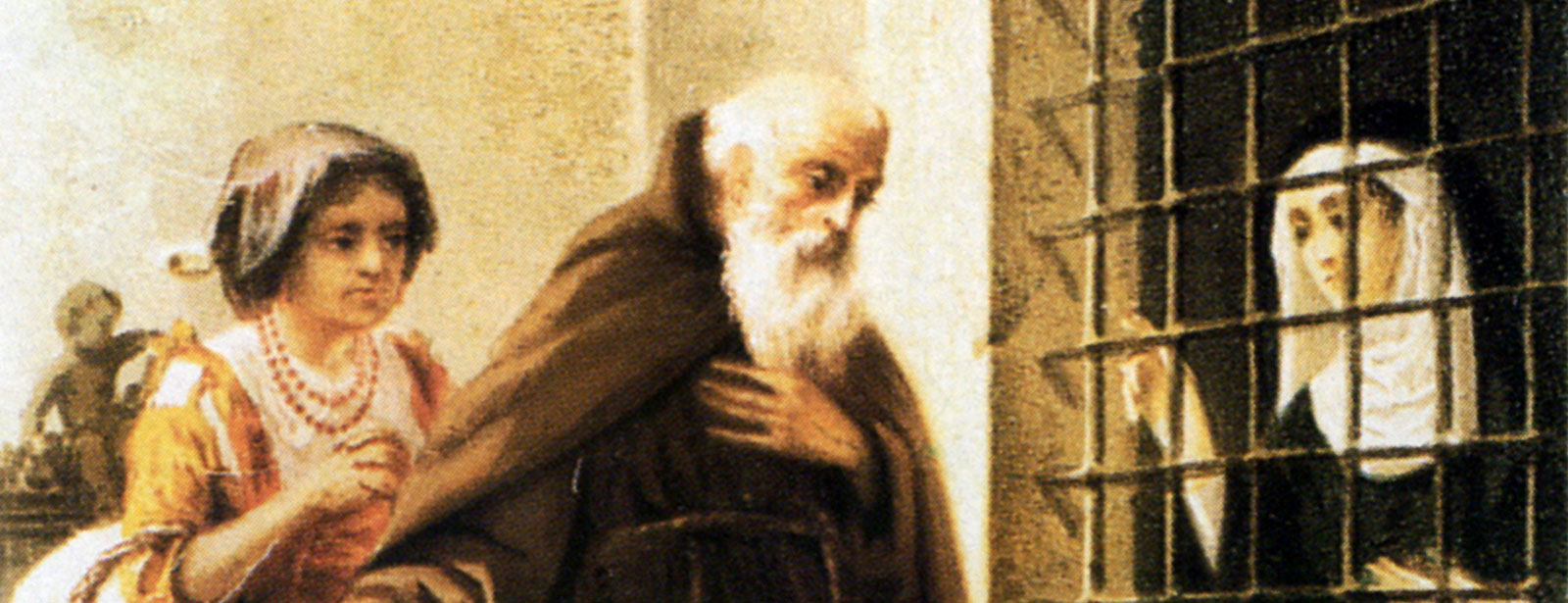The city of Monza has a vital dynamic role in the historical reconstruction of “I Promessi Sposi” and for the development of the story of Renzo and Lucia.
Initially Manzoni does not even say the name (“An ancient and noble village whose city was not lacking but the name“) but later he names Monza in his novel thirty-one times, depicted as an independent center, important and equipped, crossed by the Lambro, where it has its headquarters an archpriest, a man of good faith and escort.
Among the many places of Monza manzoniana today traceable [the tavern of the Baraccone, where Renzo, Lucia and Agnese stay (ch. IX), the convent of the Capuchins in which the two women will stop shortly after, the ruins of the “castellaccio” visconteo] There is also the monastery of Sister Virginia De Leyva, the nun from Monza.
From the pages of the Manzoni presents an effective panorama of the Monza of the seventeenth century, which allows us to retrace the streets of then uniting fantasy and reality.
From Chapter IX
“Our travellers arrived in Monza shortly after the rising of the sun: the conductor turned to an inn, and there, as a hope of the place and acquaintance of the host, he assigned a room to the new guests, and accompanied them. After the thanks, Renzo also tried to get him some goods.”
“With his escort they went to the convent, which, as we all know, was a short walk outside of Monza.”
“At the age of six, Gertrude was placed, for education and even more for orientation to her vocation, in the monastery where we saw her: and the choice of the place was not without design. The good conductor of the two women said that the father of the lady was the first in Monza and combining this any testimony with some other indications that the anonymous let slip carelessly here and there, We might as well say that he was the lord of that land.”
From Chapter X
“Two hours later the Griso could run to the palace and tell Don Rodrigo that Lucia and her mother had been taken to a convent in Monza, and that Renzo had followed his way to Milan.”





